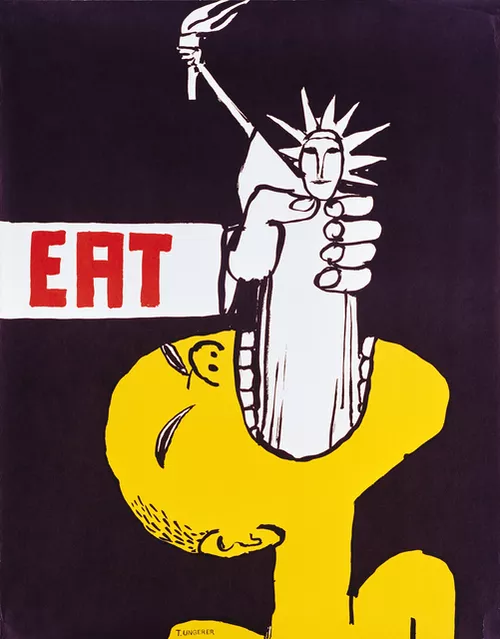Although the two-party system has been on the brink of collapse multiple times throughout US history, it continues to persist, leaving little to no space in the political arena for those who don’t identify as either Democrats or Republicans. Can ideology be simplified into two categories? If not, what is our solution? Should we keep adapting party ideals in order to more accurately represent the increasingly disparate views of the public? And what about independents? How is it acceptable that someone who is not this or that must fit into a third category that will never assume political power?
Two-party systems, whether in the United States or elsewhere, share “bipolar contests,” a term describing two major political parties vying for control in electoral politics. This competitive landscape often leads to vigorous political contests and a focus on the rivalry between the two dominant parties. Additionally, countries with two-party systems typically employ winner-takes-all electoral systems in most elections, favoring the two major parties and often limiting the representation of smaller political groups. This common electoral approach tends to reinforce the dominance of the two major parties and their centrality in the political process.
People who grew up in the United States might view an alternating system of political power as fair, and reasonably so. According to Britannica, the two-party system “moderate[s] the animosities of political strife.” However, there are certainly US citizens who feel that two parties limit the full expression of their civic beliefs: independents. And they exist in historically large numbers.
In fact, American voter statistics from October 2020 show that around 40 percent of voters were in favor of the Democratic Party, 30 percent favored the Republican Party, and an alarming 28 percent indicated no party preference. Over one-quarter of the US population does not identify with the only two political parties that have a real chance at winning elections. This is particularly prevalent among youths, who, perhaps due to the recent track record of the Democratic and Republican parties, would prefer a greater array of choices. While there are third parties in existence, such as the Working Families Party and the Democratic Socialists of America, their support base is too small to defeat the Democratic Party or Republican Party. That’s why they call it a two-party system, after all.
This system forces people to comply with one of the already-existing major political parties. Voters who dislike both former-President Donald Trump and President Joe Biden have been characterized by PBS NewsHour as “the double haters.” Framing someone who does not align with one of two political opinions as a “hater” implies that there is no room for people to develop their own political beliefs. Everyday citizens shouldn’t have to amend their preferences in order to fit the constantly fluctuating bullet points of only two (two!) legislative agendas. Instead, there should be a variety of political parties with which citizens can identify.
After all, there have been many moments in American history when political parties adapted their core ideologies to appeal to changing public sentiments. The Democratic-Republican Party split of the 1820s and 1830s provides an example, with the faction led by Andrew Jackson becoming the Democratic Party and adopting a more populist and states’ rights-oriented stance. In the mid-20th century, Republicans adopted the “Southern Strategy,” which opposed civil rights legislation, to court white Southern voters. In contrast, Democrats evolved on social issues, embracing progressive positions on civil, women’s, and LGBTQ+ rights, as well as environmental concerns. Stepping into the 21st century, Republicans’ stances on immigration have become more restrictive, especially under figures like Donald Trump.
Historical shifts in party ideologies reflect their efforts to align with evolving public preferences, efforts which have only accelerated polarization since the 20th century. When two parties have to compete over one bureaucratic spot, politics easily becomes an overcomplicated popularity contest in which parties value winning over doing what’s best for the country. If voters had an abundance of viable parties to choose from, public opinion would better reveal which party is most suitable for the majority.
There are other countries with two dominant parties, such as Great Britain, New Zealand, Australia, and Canada. It is important to highlight, however, that none of their systems are identical to that of the United States, meaning that most of these countries operate under a more democratic approach to party abundance. For instance, the British two-party system relies on the presence of coalitions between multiple disciplined parties, in which members must vote as a bloc to ensure the government’s control throughout a parliamentary session. In the United States, if an extreme party wins control of Congress and the presidency, it would not need to compromise with other coalition members. The UK system, while having its drawbacks in terms of stifling innovation, remains a preferred option over the potential consequences of extreme policies. Both Democrats and Republicans “see themselves as the true majority,” showing no care toward representing the actual people living in the United States. Unless the two parties recognize that a considerable amount of the people they serve do not agree with all of their political values, this nonsensical competition keeps and keeps going. Isn’t it infuriating that it is acceptable to have no true political freedom at the core of the very country that symbolizes Westernization and a capitalist democracy?
